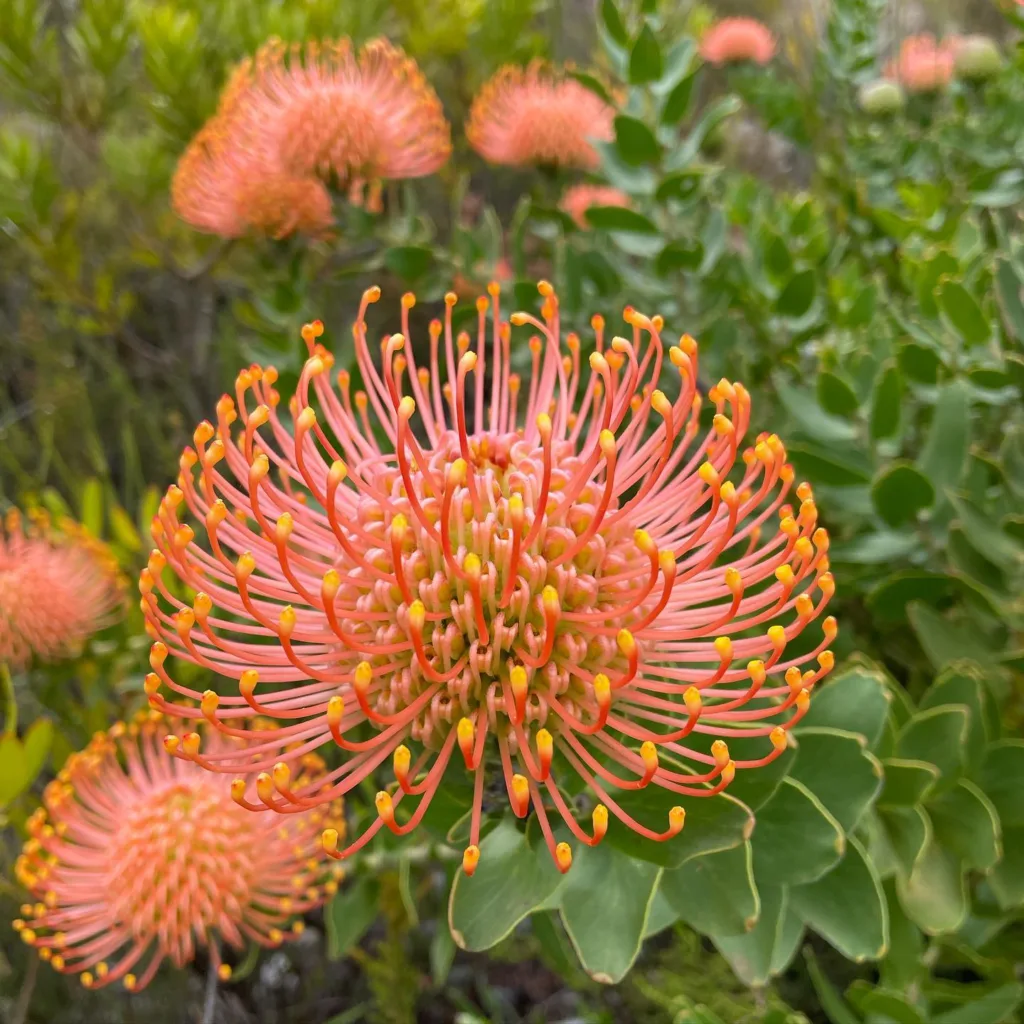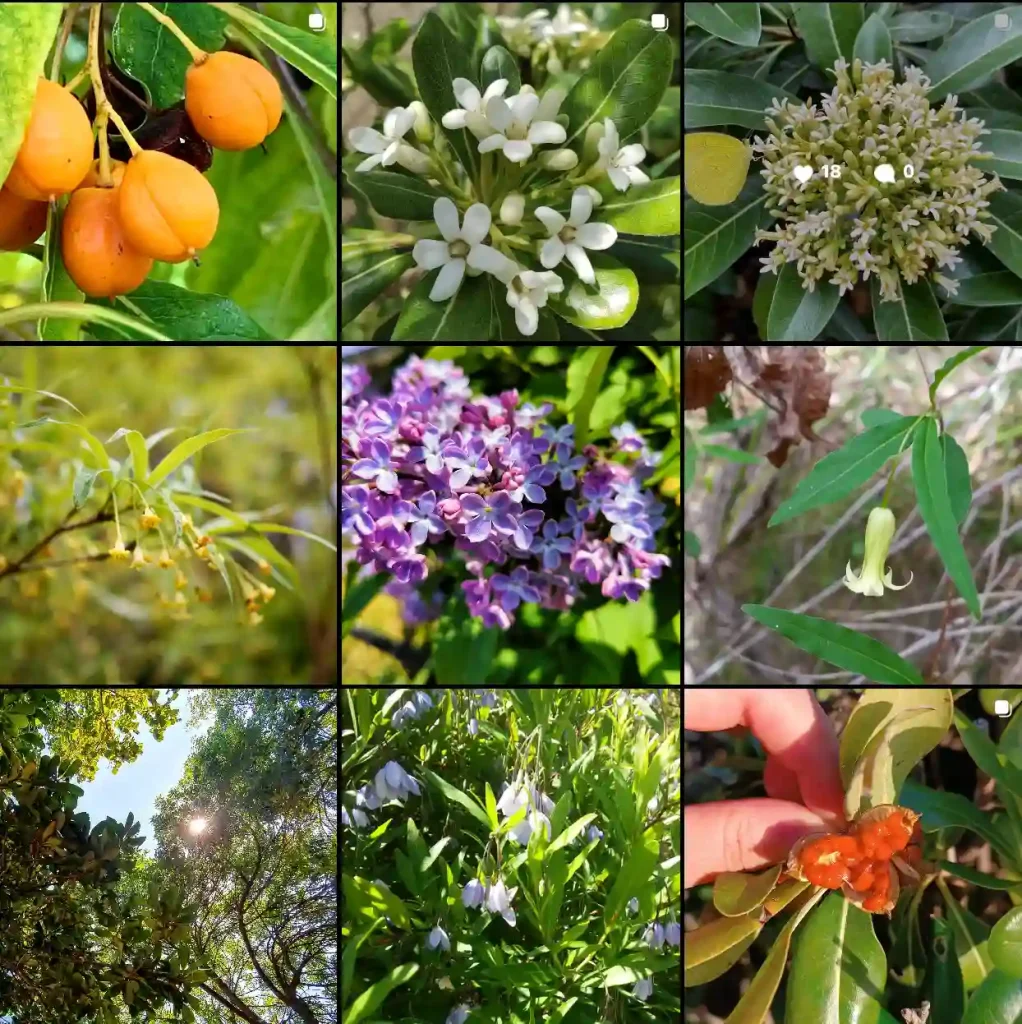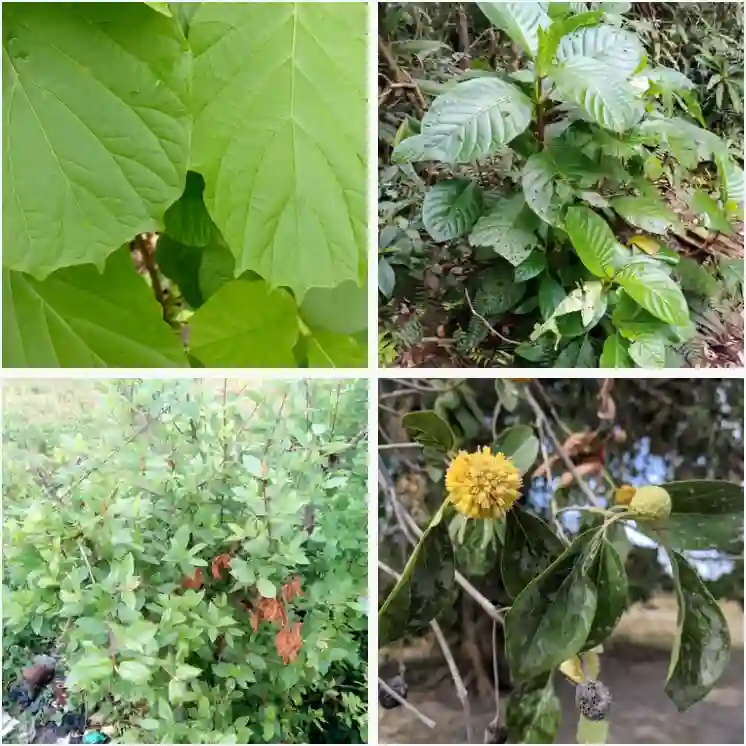Exploring the Degeneriaceae Family: A Personal Journey
As a plant enthusiast, I’ve always been captivated by the incredible diversity of plant families. One family that piqued my interest is the Degeneriaceae, which includes the intriguing genus Degeneria. This family may not be as well-known as some others, but its unique characteristics and ecological significance deserve attention.
Understanding the Degeneriaceae Family
The Degeneriaceae family is relatively small and comprises only two genera: Degeneria and a lesser-known genus. Degeneria is particularly notable for its fascinating evolutionary history and distinct traits. Originating from the tropical rainforests of the Pacific Islands, these plants are endemic to places like the Solomon Islands and Fiji. This geographical limitation adds to their allure, as they are tied closely to specific ecosystems.
When I first encountered Degeneria, I was drawn to its lush, broad leaves and impressive height. The leaves are often glossy and have a rich green color, which makes them stand out in their native habitats. Each time I visit a botanical garden or a tropical exhibit, I find myself gravitating toward these remarkable plants.
The Genera of Degeneriaceae
Degeneria: A Closer Look
Degeneria is the most prominent genus in the Degeneriaceae family. It consists of a couple of species, including Degeneria vitiensis and Degeneria rosea. These species exhibit unique features that make them fascinating for botanists and horticulturists alike.
Degeneria vitiensis is particularly striking. It has large, elliptical leaves that can reach impressive lengths. When I learned that this species can grow up to 30 meters tall, I was astonished! Such height is rare among flowering plants, making it a standout specimen. I remember visiting a botanical garden where a mature Degeneria vitiensis was on display, and I was mesmerized by its grandeur.
Ecological Importance
The ecological significance of Degeneriaceae cannot be understated. These plants play a vital role in their native environments. They are part of the rainforest canopy, providing habitat and food for various wildlife species. The flowers of Degeneria are particularly attractive to pollinators, including bees and hummingbirds, which are essential for maintaining biodiversity.
During one of my hikes through a tropical rainforest, I noticed how the interplay of sunlight filtering through the leaves created a magical atmosphere. The presence of Degeneria added to this beauty, as its lush foliage provided a backdrop for many other species. It reminded me how interconnected our ecosystems are and how important it is to protect such unique flora.
Conservation Challenges
Despite their ecological importance, members of the Degeneriaceae family face significant challenges. Habitat destruction due to logging and land conversion for agriculture poses a substantial threat to their survival. I often think about the delicate balance of ecosystems and how human activity can disrupt this harmony.
Conservation efforts are crucial in safeguarding these remarkable plants. I’ve learned about various initiatives aimed at preserving their habitats. Organizations work tirelessly to protect the rainforest ecosystems where Degeneria thrives. The more I delve into this topic, the more I realize the urgency of these efforts.
Cultivation and Care
For those interested in cultivating Degeneria, it’s essential to understand their specific care requirements. These plants thrive in warm, humid environments, making them ideal for tropical gardens or greenhouses. I’ve always admired how well they adapt to their surroundings, but growing them can be a challenge.
When I tried to care for a young Degeneria vitiensis, I quickly learned about the importance of providing adequate moisture and light. Maintaining the right balance of humidity and soil conditions is critical. While it can be daunting, the reward of nurturing such a unique plant is worth the effort.
The Future of Degeneriaceae
Looking ahead, the future of the Degeneriaceae family relies heavily on conservation and awareness. Educating others about these remarkable plants is vital to their survival. I believe that by sharing my experiences and knowledge, I can inspire others to appreciate and protect these unique species.
In conclusion, the Degeneriaceae family, with its captivating genus Degeneria, is a testament to the beauty and diversity of plant life. My journey exploring this family has deepened my appreciation for the intricate connections within our ecosystems. As we move forward, it’s essential to recognize the importance of conservation and our role in protecting these magnificent plants for future generations.
If i die, water my plants!



